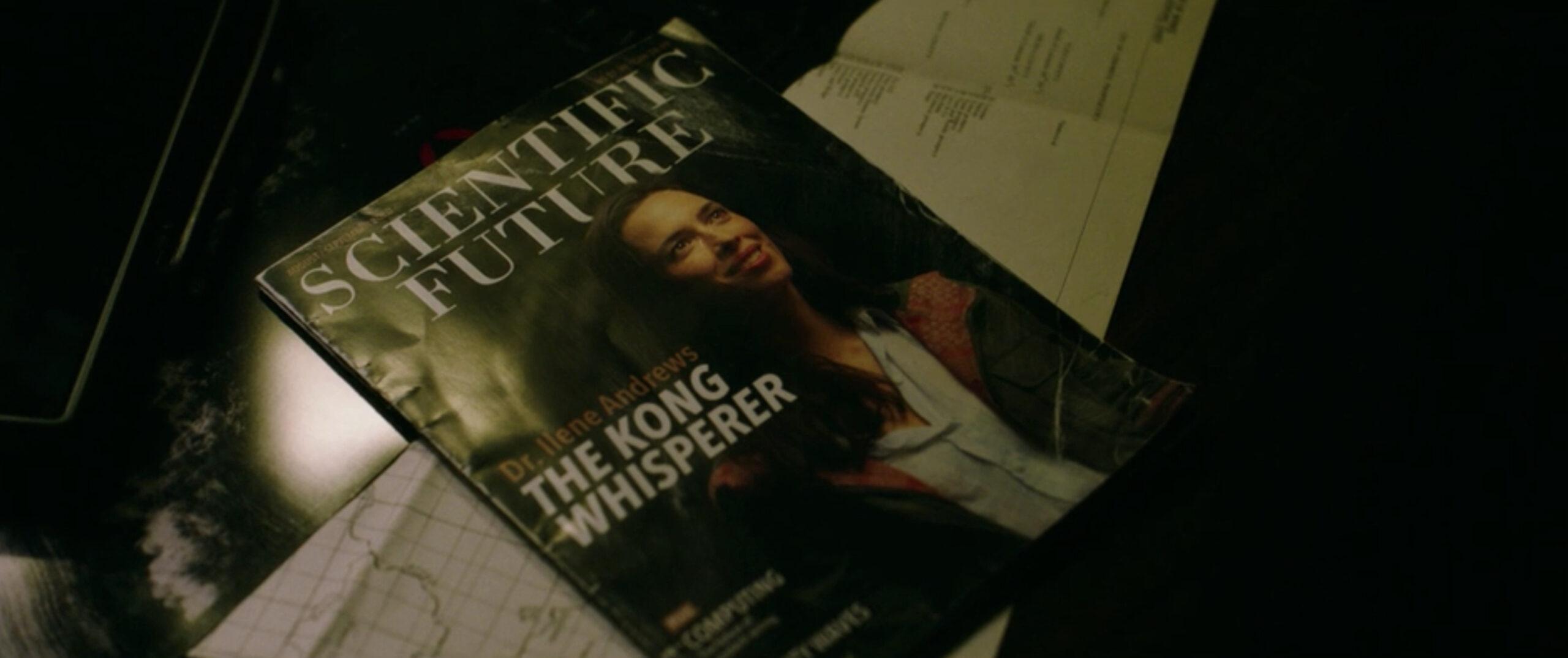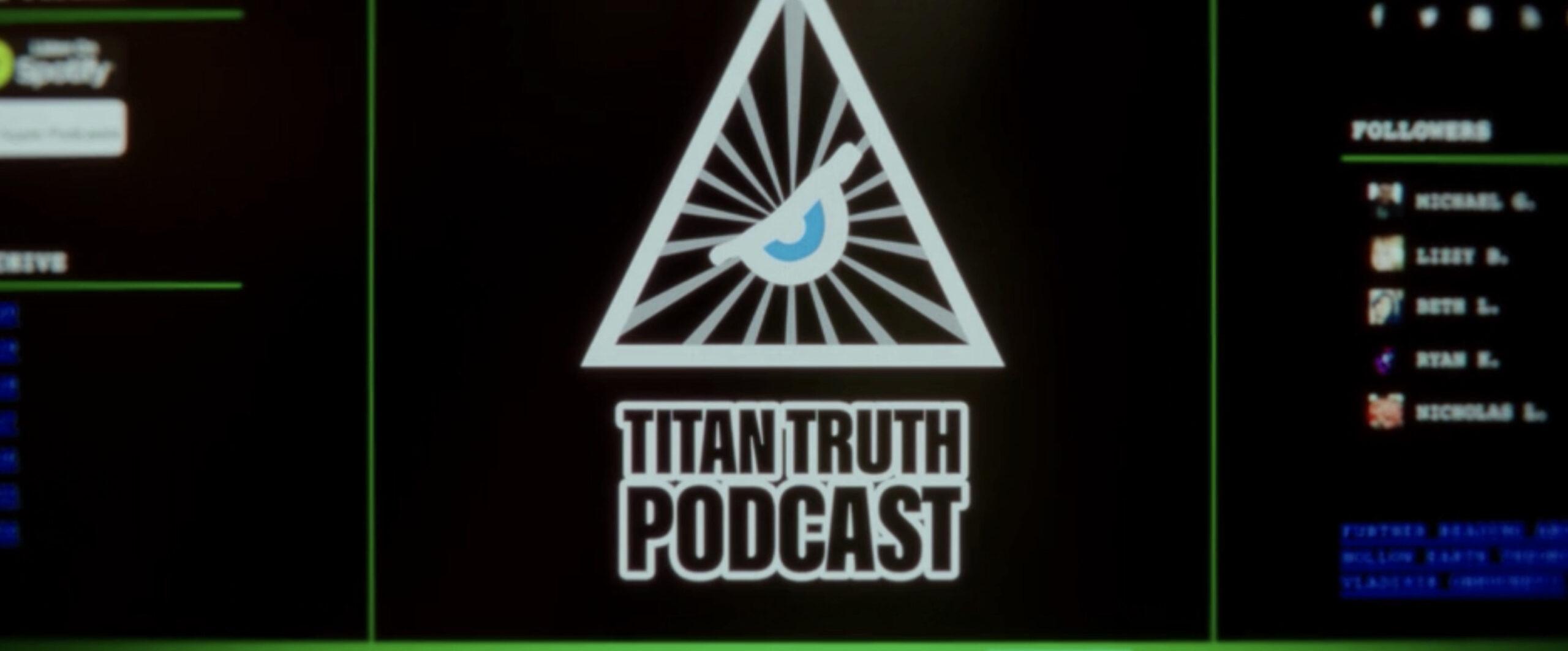While the MonsterVerse may consist of only four films thus far, it has established a straightforward guiding principle: Watching giant monsters fight each other is freaking awesome. It’s hard to make a good case against a movie in which King Kong lands an uppercut to Godzilla’s jaw while the giant nuclear lizard responds with an open-handed slap, especially after the past 12 months were so bereft of these kinds of indulgent CGI spectacles. Even Godzilla vs. Kong’s biggest detractors have to admit that, when it comes to the titular monsters squaring up, the movie absolutely lives up to its name.
But at the same time, Godzilla vs. Kong couldn’t just be about two monsters who have serious beef: Human characters have to be there to guide the audience between each spectacular set piece. And unfortunately, that’s where these movies fall into a rut. Across four films, countless celebrated actors—Samuel L. Jackson, John Goodman, Sally Hawkins, Juliette Binoche, Kyle Chandler, David Strathairn, Brie Larson, Tom Hiddleston, Bradley Whitford, Charles Dance, Ken Watanabe, and so on—have struggled to find the right tone for monologues about Godzilla sightings in the Pacific Ocean, while also balancing half-baked interpersonal dramas. Whether they’re glorified exposition delivery vehicles or cringeworthy attempts at comic relief, the human characters of the MonsterVerse end up being an unintentional commentary on the underlying theme of these films: Maybe humankind has been the problem all along.
Humans have plagued this franchise since Gareth Edwards’s 2014 Godzilla reboot got the MonsterVerse ball rolling with a bit of false advertising. The way that Godzilla was promoted, the audience was anticipating a showdown between the infamous kaiju—or Titan, as they’re called in this franchise—and Bryan Cranston, fresh off his Emmy-winning turn in Breaking Bad. Godzilla vs. Cranston sounded like a pitch that’d been green-lighted by someone a little too high on the Heisenberg supply, but alas, nothing remotely close to that would materialize on screen. Cranston’s character, Joe Brody, unceremoniously dies within the opening hour of the movie (a storytelling choice that even the actor thought was poorly handled), leaving Godzilla in the hands of Aaron Taylor-Johnson and Elizabeth Olsen as a bland couple separated by Titan incidents across the globe.
Incidentally, Godzilla came out a year before Avengers: Age of Ultron, in which Taylor-Johnson and Olsen play superpowered siblings, but there’s a reason their performances in the former aren’t nearly as memorable. Both characters are basically ciphers with convenient occupations—Taylor-Johnson is a Navy officer, Olsen is a nurse—perfunctorily moving from set piece to set piece. (Seriously, try to remember their names or any other defining traits about them.) In fact, the only human who actually makes an impact in Godzilla is Watanabe’s Ishirō Serizawa, but even that character has been mostly reduced into memes.
The biggest criticism against Godzilla, however, was that its title character barely had any screen time. (He sure as hell made an impact when he did, though.) And so the MonsterVerse course-corrected with 2017’s Kong: Skull Island, which doesn’t waste time getting to its giant ape swatting helicopters out of the sky like they’re pesky flies. Meanwhile, the lackluster treatment of the human characters of Skull Island is perhaps best expressed by Shea Whigham’s death scene, in which his character’s attempt at a heroic sacrifice is nothing but a cynical yet hilarious punch line.
The “more monsters” memo certainly extended to 2019’s Godzilla: King of the Monsters, when Earth essentially becomes a battleground for various Titans coming for Godzilla’s throne. (Thankfully, the Titans in this movie had the decency to raze Fenway Park.) But King of the Monsters almost solved the MonsterVerse’s human problem. By centering on paleobiologist turned ecoterrorist Emma Russell (played by Vera Farmiga), the movie posits an intriguing philosophy that the reemergence of the Titans is nature’s response to humanity’s hubris and willful destruction of the planet. Yet this is all undercut by Emma realizing, only after unleashing a three-headed space dragon from its ice prison, that advocating for mass genocide might put her daughter Madison (Millie Bobby Brown) in harm’s way. (Yeah, you think?!)
As far as Godzilla vs. Kong is concerned, the solution to the franchise’s ongoing human problem is setting up characters so absurd that everyone involved in the production must be in on the joke. The new protagonist of Godzilla vs. Kong is Ilene Andrews (Rebecca Hall), an anthropological linguist who has been studying Kong alongside her adopted daughter Jia (Kaylee Hottle), who is hearing-impaired and the only surviving member of Skull Island’s Iwi tribe. Ilene is basically Jane Goodall, if Jane Goodall was famous for learning about the behavioral patterns of an ape the size of a skyscraper. As if there were any doubt that Godzilla vs. Kong finds the occupation of its new human lead kind of ridiculous, here’s a magazine cover where Ilene is dubbed “The Kong Whisperer.”

Not to be outdone, Godzilla vs. Kong also has Brian Tyree Henry show up as a low-level engineer for a clearly nefarious tech company called “Apex Cybernetics” while running a conspiracy theory podcast on the side. You just know that Henry’s character is going to uncover some serious shit because his podcast’s extremely thought-provoking logo is Godzilla meets the Eye of Providence. Open your third (lizard?) eye, sheeple!

“That podcast is filling your head with garbage!” Kyle Chandler’s Mark Russell, returning from King of the Monsters, tells his daughter Madison. (I’m sure Mark and Madison are grieving over Emma’s death in the previous movie off-screen, while also awkwardly acknowledging that she attempted to wipe out most of the human race.) Madison is at that stereotypical punk-teen phase of her life when she listens to conspiracy podcasts about tech companies and is convinced that Godzilla would never do anything to harm mankind. Mark responds to his daughter’s conviction that Godzilla is innocent by proclaiming that “creatures, like people, can change.” Godzilla vs. Kong isn’t even trying to hide how silly it is, and its human characters—if not good, well-written, or compelling—are at least better equipped to go along for the mindlessly entertaining thrill ride.
Because the chaotic energy of this movie is at an 11 before it doubles down on “Hollow Earth” theory. You see, some scientists believe that Titans like Godzilla travel through [deep breath] hollow wormholes spread across the world, and that those holes lead not just to the Earth’s core, but an entirely new habitat where the creatures are originally from. (MonsterVerse Kyrie Irving absolutely subscribes to Hollow Earth theory.) The Machiavellian CEO of Apex Cybernetics, Walter Simmons (Demián Bichir), wants to bring humans down there because of a potentially groundbreaking power source that might be lurking at the center of the Earth, so he hires disgraced geologist–Hollow Earth truther Dr. Nathan Lind (Alexander Skarsgard) to head an expedition. For some reason—i.e., because the movie is called Godzilla vs. Kong—the humans can pass through Hollow Earth only if Kong leads the way at an outpost in Antarctica; traveling all the way there is what puts the big guy on Godzilla’s radar.
While human characters will never be mistaken for the reason anyone bothers to watch the MonsterVerse, Godzilla vs. Kong allows these individuals to affect the ridiculous plot machinations without getting in the way of what people came here to see (namely: Godzilla and Kong having an impromptu boxing match on an aircraft carrier). And by (spoiler alert) positioning Apex Cybernetics as the actual villain of the movie, a company responsible for—and this really shouldn’t come as a surprise since “Apex” is in its title—creating Mechagodzilla, the MonsterVerse reverts back to its original thesis that mankind is on a path to self-destruction. (Lest we forget that Godzilla is originally a nuclear metaphor for the Atom Age, an origin that remains unchanged in the MonsterVerse when nuclear testing and strip mining awakes him from a centuries-spanning slumber.) There have been plenty of jokes made at Godzilla vs. Kong’s expense at how the film could be just like Batman v. Superman: Dawn of Justice—just replace “save Martha!” with “save Mothra!”—and to a certain extent, that actually comes true. Instead of tech bro Lex Luthor creating doomsday to end Dawn of Justice’s superhero beef, the two flesh-and-blood monsters must set aside their differences to stop a mechanical beast created by Mexican American Jeff Bezos.
Godzilla vs. Kong takes many absurd steps to reach its Monsters vs. Tech climax, highlighted by Demián Bichir getting killed by the suddenly uncontrollable Mechagodzilla mid-monologue while holding a glass of whiskey. (There are worse ways to go.) But whether it’s Hall exclaiming, “Kong bows to no one!” or Skarsgard almost breaking the fourth wall by helpfully pointing out that Kong won the second round of his Godzilla bout, the human performances across the board feel perfectly calibrated to the movie’s unapologetically goofy wavelength. Godzilla and Kong might be the kings of their respective dominions, but at least the humans of the MonsterVerse finally know where they belong on the blockbuster food chain.
